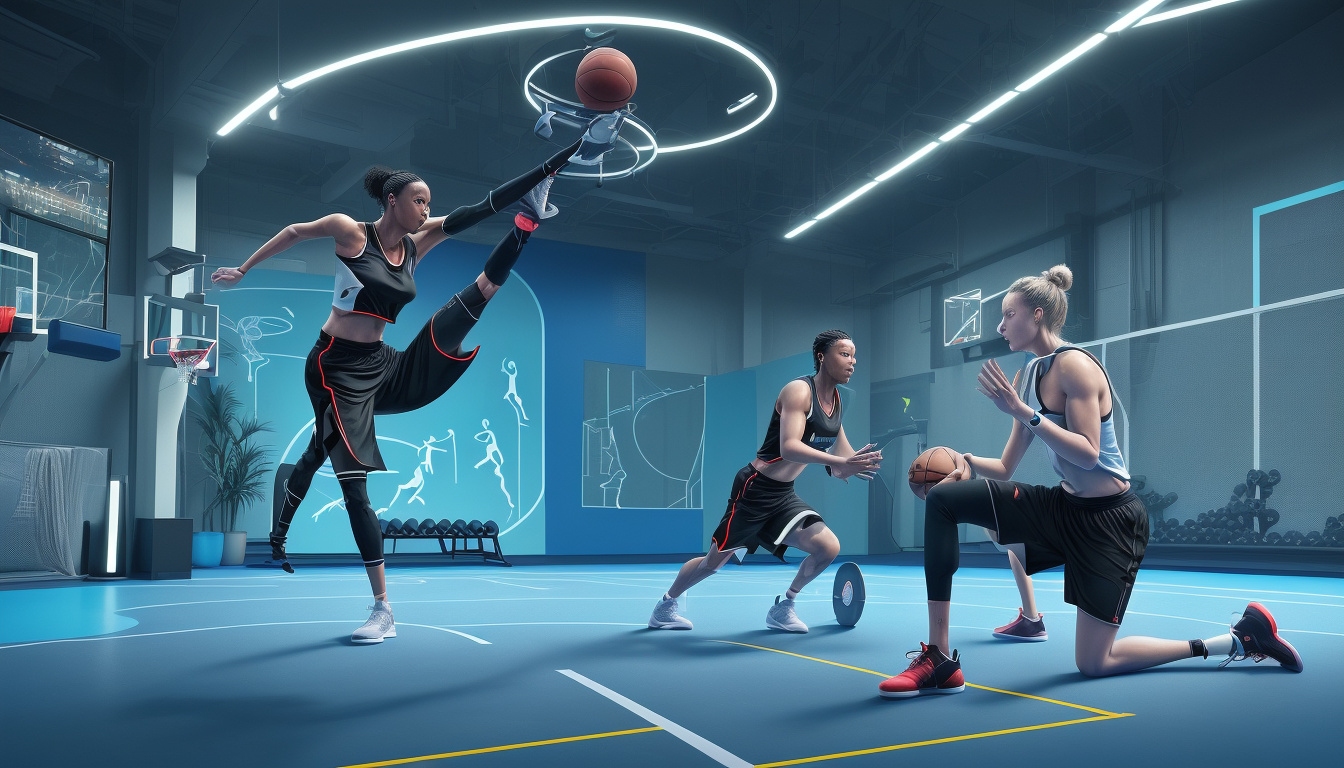Could AI Technology Prevent the Surge of Achilles Injuries in NBA Basketball?
By Joshua Ogundu | July 11, 2025
As artificial intelligence (AI) continues to reshape industries worldwide, its impact is increasingly felt in the realm of professional sports, including the NBA. While fans may typically associate AI with technological advances in offices or homes, the NBA has been a pioneer in integrating AI technology to enhance player performance and safety. In light of a concerning rise in Achilles tendon injuries during the 2024-2025 NBA season, experts and league officials are now exploring whether AI can help prevent such debilitating injuries in the future.
AI and Player Performance: A Foundation Since 2013
The NBA’s journey with AI began in the 2013-2014 season with the adoption of player tracking technology, as reported by Sports Video Group. Cameras installed in every arena capture detailed in-game movements of athletes, feeding data into sophisticated software systems that analyze player tendencies, positioning, and overall team strategies. This data has become invaluable for coaches and players seeking to optimize game performance.
Monitoring Health and Preventing Injuries with Wearable Technology
Beyond game analysis, the NBA has turned to AI-enabled wearable sensors to monitor player health intensively. One notable technology provider, KINEXON, produces small sensors embedded in players’ shorts or worn on their chest. These devices track detailed movement metrics and, when paired with physiological monitors like heart rate sensors, offer insights into how training impacts an athlete’s physical condition. The goal is to identify risks and adjust workloads to prevent injury.
Addressing the Achilles Injury Spike in 2024-2025
The 2024-2025 NBA season witnessed an unprecedented surge in Achilles tendon tears, with seven cases— the most in league history during a single campaign, according to The Economic Times. This alarming trend has prompted the NBA to explore new AI-driven methods to detect injury patterns before they manifest.
NBA Commissioner Adam Silver has expressed optimism about AI’s potential to uncover subtle biomechanical or workload factors leading to these injuries. While specific strategies remain under development, the league’s commitment to employing cutting-edge technology for player health underscores a growing priority to safeguard athletes beyond competitive success.
Lessons from the NFL: Real-Time Data and Digital Athletes
The NBA is not alone in embracing AI for player safety. The NFL, for example, has partnered with Zebra Technologies to embed radio-frequency identification (RFID) transmitters in players’ shoulder pads. This setup allows teams to receive real-time data on player movements, integrated into the NFL’s Next Gen Stats platform, developed in collaboration with Amazon Web Services (AWS).
More impressively, the NFL and AWS have created a “digital athlete” — a virtual profile leveraging AI to analyze an individual player’s complete physical experiences. This technology aims to provide personalized recommendations for injury prevention and recovery, signaling the future of sports medicine.
AI’s Role Beyond Players: Enhancing Fan Experience and Equipment Safety
AI innovation extends beyond the athletes themselves. Companies like Cosm, operating in California and Texas, utilize AI to deliver immersive shared-reality experiences in sports venues, deepening fan engagement.
Additionally, leagues are upgrading equipment with AI insights. For instance, the NFL has invested in position-specific helmets designed to mitigate injury risks unique to particular roles on the field, showcasing technology’s ability to enhance safety gear.
The Future of AI in Sports: Health First
Across all leagues and sports, prioritizing player health remains paramount. Technology—including AI-powered software, wearables, and data analytics—offers promising tools to detect injury risks early, improve recovery protocols, and ultimately lengthen athletic careers.
As these technologies mature, there is hope that innovations initially developed for professional sports will trickle down to youth and amateur athletes, helping prevent injuries from an early age and making sports safer for everyone.
Conclusion
The NBA’s increased investment in AI and related technologies highlights a broader shift towards integrating advanced science in sports health management. While the recent spike in Achilles injuries is cause for concern, it also serves as a catalyst for innovation and proactive care.
With continued dedication to harnessing AI’s capabilities, the vision is clear: protect players’ well-being, enhance their performance, and ensure fans enjoy the thrilling game of basketball for years to come.
Joshua Ogundu is a technology writer focusing on the intersection of tech innovation and its impact across industries, including sports. His work has been featured in TechCrunch, USA Today, Cosmopolitan, and CNBC.
Editorial Note: The opinions expressed in this article are those of the author and do not necessarily reflect the views of AfroTech™.










